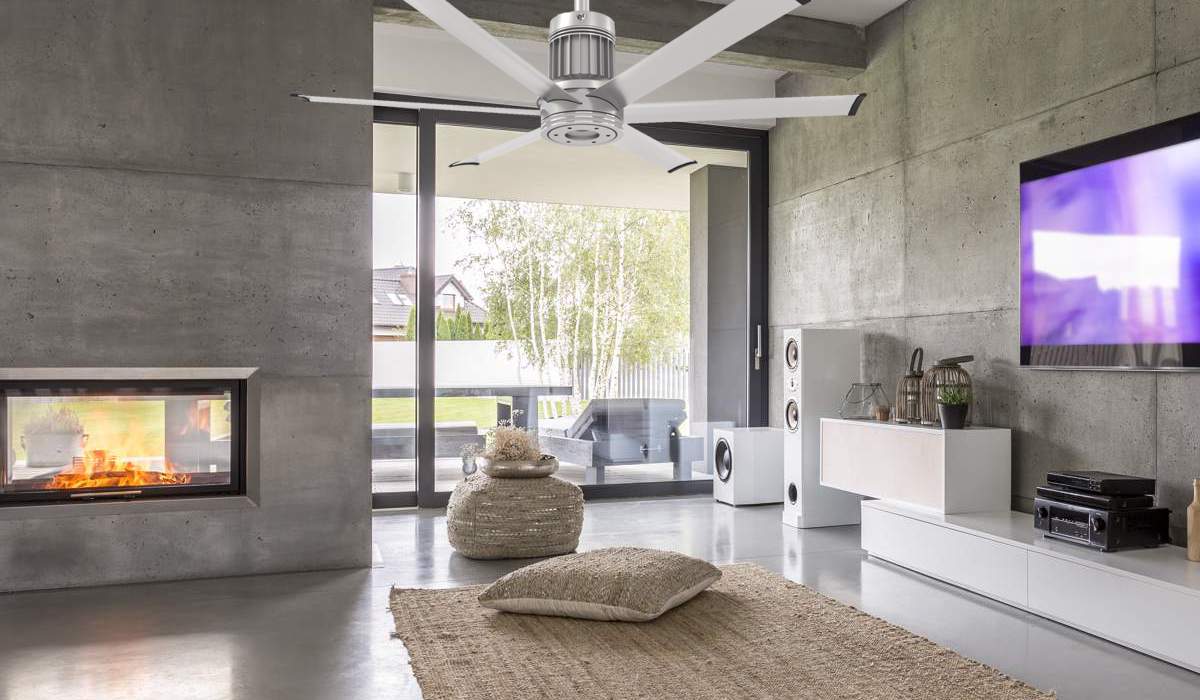

Articles
Who Makes The Best Ceiling Fans
Modified: August 25, 2024
(Many of the links in this article redirect to a specific reviewed product. Your purchase of these products through affiliate links helps to generate commission for Storables.com, at no extra cost. Learn more)
Introduction
Welcome to the world of ceiling fans! Whether you’re looking to beat the summer heat, improve air circulation, or enhance the aesthetic appeal of your space, choosing the right ceiling fan is crucial. With so many brands and models available on the market, it can be overwhelming to make a decision. But fear not, as we’re here to guide you through the process of finding the best ceiling fan for your needs.
When selecting a ceiling fan, it’s important to consider various factors such as performance, energy efficiency, noise level, design options, and warranty. By evaluating these aspects, you can make an informed decision that aligns with your preferences and budget. To help you in your search, we have researched and compared some of the top ceiling fan brands and models available today.
Choosing the right ceiling fan not only keeps you cool during the summer months but also helps save energy and reduces your reliance on air conditioning. This can result in lower electricity bills and a more sustainable lifestyle. Additionally, a well-designed ceiling fan can add a touch of elegance and style to any room, making it a worthwhile investment.
In this article, we will delve into the factors you should consider when choosing a ceiling fan, explore the top brands in the market, compare different ceiling fan models, and discuss energy efficiency, noise levels, design options, warranties, and pricing. By the end, you will have a comprehensive understanding of what makes a ceiling fan the best choice for you.
So, whether you’re looking to upgrade your existing ceiling fan or install a new one, read on to discover the key factors to consider and the top ceiling fan options available. Let’s get started on finding the perfect ceiling fan that will not only keep you comfortable but also enhance the overall ambiance of your living space.
Key Takeaways:
- Choose a ceiling fan that aligns with your room size, style, and energy efficiency needs. Consider reputable brands like Hunter, Emerson, and Minka-Aire for quality and performance.
- Prioritize quiet operation, sleek design, and reliable customer support when selecting a ceiling fan. Look for ENERGY STAR certification and compare models for the best value.
Read more: Who Makes Harbor Breeze Ceiling Fans
Factors to Consider When Choosing a Ceiling Fan
Choosing the right ceiling fan involves considering several important factors that will ensure optimal performance, functionality, and aesthetic appeal. Here are some key factors to keep in mind:
- Size and Room Space: The size of the room where you plan to install the ceiling fan is crucial. For larger rooms, opt for a fan with a larger blade span to effectively circulate air. Smaller rooms may require a fan with a smaller blade span to avoid overpowering the space.
- Ceiling Height: The height of your ceiling plays a role in determining the type of ceiling fan you can install. Standard ceilings typically allow for a wide range of fan options. However, for low ceilings or rooms with limited vertical space, consider a low-profile or hugger style fan.
- Style and Design: Ceiling fans come in a variety of styles and designs, ranging from traditional to contemporary. Consider the overall décor of your room and choose a fan that complements the style. You can opt for sleek and modern designs or rustic and vintage-inspired options, depending on your personal preference.
- Blade Material and Finish: The material and finish of the fan blades can impact both aesthetics and performance. Common blade materials include wood, metal, and plastic. Wood blades are often preferred for their durability and ability to blend seamlessly with different interior styles.
- Number of Blades and Blade Pitch: The number of blades on a ceiling fan can vary, typically ranging from 3 to 5. While more blades may create a visually appealing look, it doesn’t always guarantee better performance. The blade pitch, which refers to the angle at which the blades are set, also plays a role in air circulation and efficiency.
- Motor Quality and Performance: The quality of the motor directly affects the fan’s performance, efficiency, and noise level. Look for fans with high-quality motors that are designed to operate quietly and effectively. Energy-efficient motors can also help reduce electricity consumption.
- Control Options: Ceiling fans can be operated using various control options such as wall controls, pull chains, remote controls, or even smart home integration. Consider your convenience and preference when selecting the control option that suits you best.
- Energy Efficiency: Energy-efficient ceiling fans can have a significant impact on your electricity bills. Look for fans with the ENERGY STAR label, as they meet strict energy efficiency guidelines and can help save money in the long run.
- Noise Level: Nobody wants a noisy ceiling fan. Look for fans that have been specifically designed to operate quietly, ensuring a comfortable and peaceful environment in your home or office.
- Warranty and Customer Support: A reputable ceiling fan brand should offer a warranty to protect against any mechanical defects or malfunctions. Additionally, reliable customer support can make a significant difference if you encounter any issues with your fan.
By considering these factors, you can narrow down your options and choose a ceiling fan that meets your specific needs and preferences. Remember to balance functionality with style to ensure that you not only have a fan that performs well but also complements the overall aesthetic of your space.
Top Ceiling Fan Brands
When it comes to choosing a ceiling fan, selecting a reputable brand ensures that you are investing in quality, performance, and reliability. Here are some of the top ceiling fan brands known for their exceptional products:
- Hunter: With over 130 years of experience in the industry, Hunter is renowned for its craftsmanship and innovation. Their ceiling fans are known for their high-quality materials, reliable performance, and timeless designs. From classic to contemporary styles, Hunter offers a wide range of options to suit any room decor.
- Emerson: With a focus on energy efficiency and sustainability, Emerson is a leading brand in the ceiling fan market. Their fans are known for their superior airflow, whisper-quiet operation, and innovative features such as integrated LED lighting and remote control options. Emerson offers a variety of styles and finishes to suit different design preferences.
- Minka-Aire: Minka-Aire is highly regarded for its stylish and cutting-edge ceiling fan designs. Their fans combine aesthetics with functionality, featuring high-quality motors, advanced blade technology, and convenient control options. Minka-Aire offers a diverse range of fans, including modern, transitional, and traditional styles to suit various interior designs.
- Casablanca: Casablanca is known for its luxurious and high-performance ceiling fans. Their fans feature precision engineering, innovative motor technology, and exquisite craftsmanship. Casablanca offers a wide selection of customizable options, allowing you to choose everything from blade materials and finishes to lighting fixtures and control features.
- Fanimation: Fanimation stands out for its unique and eye-catching fan designs. Their fans are crafted with attention to detail, blending innovative technology with artistic flair. Fanimation offers a diverse range of styles, from tropical and contemporary to industrial and vintage, allowing you to find a fan that suits your specific taste and decor.
These are just a few of the top ceiling fan brands available on the market. Each brand offers its own unique features, designs, and performance capabilities. When considering a ceiling fan, it is essential to research and read reviews specific to the model you are interested in to ensure it meets your requirements.
Remember, a reputable brand is not only a guarantee of quality and performance but also provides reliable customer support and after-sales service. Investing in a ceiling fan from a trusted brand ensures that you will have a reliable, efficient, and long-lasting addition to your home or office space.
Comparison of Ceiling Fan Models
When searching for the perfect ceiling fan, it’s helpful to compare different models to find the one that meets your specific needs and preferences. Here, we will compare some popular ceiling fan models across various brands based on their features, performance, and customer reviews.
- Hunter Symphony: The Hunter Symphony features the brand’s exclusive SureSpeed technology, delivering high airflow and powerful cooling performance. It also offers Wi-Fi connectivity, allowing you to control the fan from anywhere using a smartphone or virtual assistant. With modern and sleek design options, this fan is suitable for contemporary spaces.
- Emerson Carrera Grande Eco: The Emerson Carrera Grande Eco is an Energy Star-certified ceiling fan known for its impressive energy efficiency. It utilizes the brand’s EcoMotor, which consumes less energy while still providing optimal airflow. With a range of blade lengths and finishes, this fan is suitable for both indoor and outdoor spaces.
- Minka-Aire Artemis XL5: The Minka-Aire Artemis XL5 is a visually stunning fan with its unique design and aerodynamic blade system. It offers multiple speed options and comes with an integrated LED light kit for added functionality. This fan is perfect for those who appreciate modern and futuristic aesthetics.
- Casablanca Stealth: The Casablanca Stealth is known for its whisper-quiet performance, thanks to the brand’s patented Direct Drive motor technology. It comes with reversible blades, allowing you to switch between different finishes to match your decor. With a contemporary design and dimmable LED lighting, this fan adds both style and functionality to any room.
- Fanimation Odyn Custom: The Fanimation Odyn Custom is a large ceiling fan designed to circulate air in large spaces effectively. It offers a variety of customization options, including blade finishes, sizes, and motor finishes, allowing you to create a fan that perfectly suits your style. Despite its size, the fan operates quietly, making it suitable for both residential and commercial settings.
These are just a few examples of popular ceiling fan models available from different brands. Each model has its own unique features, performance capabilities, and aesthetic appeal. Consider factors such as size, airflow, energy efficiency, and design to determine which model aligns best with your needs.
Remember to read customer reviews and ratings to gauge user experiences and satisfaction. This will provide valuable insights into the overall performance, reliability, and noise levels of the fan models you’re considering. By comparing different models, you can find the perfect ceiling fan that enhances the comfort and ambiance of your space.
Energy Efficiency and Performance
When choosing a ceiling fan, energy efficiency and performance are crucial factors to consider. A highly efficient ceiling fan not only helps reduce electricity consumption but also ensures optimal air circulation and cooling in your space. Here’s what you need to know:
ENERGY STAR Certification: Look for ceiling fans that are ENERGY STAR certified. These fans meet strict energy efficiency guidelines set by the U.S. Environmental Protection Agency (EPA). ENERGY STAR certified fans use up to 60% less energy than conventional fans, helping you save on your energy bills while reducing your carbon footprint.
Airflow Efficiency: Airflow efficiency is an essential aspect of a ceiling fan’s performance. It is measured in terms of CFM (cubic feet per minute) per watt. The higher the CFM per watt, the more efficiently the fan moves air. Consider fans with a high airflow efficiency rating to ensure effective cooling while minimizing energy consumption.
Blade Design and Pitch: The design and pitch of the fan blades can impact its performance. Ideally, fan blades should be angled between 12 to 15 degrees for optimal airflow. Look for blades with an aerodynamic shape and a suitable pitch to ensure efficient air movement and circulation.
Motor Efficiency: The efficiency of the fan’s motor plays a crucial role in its overall performance and energy consumption. Look for ceiling fans with high-quality motors that are specifically designed for energy efficiency. DC (direct current) motors are known for their energy-saving capabilities, while some brands offer advanced motor technologies that consume less power while providing excellent performance.
Speed Settings: Having multiple speed settings allows you to customize the airflow according to your comfort level and seasonal needs. Look for fans that offer at least three different speed options. This flexibility allows you to run the fan on a lower speed during mild weather, further reducing energy consumption while still enjoying a gentle breeze.
Remote Control and Automation: Opting for ceiling fans with remote control capabilities or smart home integration allows you to control the fan’s speed, lighting, and other features with ease. Smart fans can also be programmed to automatically adjust their speed based on temperature changes, helping to maximize energy efficiency.
By considering the energy efficiency and performance aspects of a ceiling fan, you can ensure that you’re investing in a model that not only provides effective cooling but also helps you achieve long-term energy savings. Look for ENERGY STAR certification, efficient blade design, motor efficiency, and convenient control options to enhance both comfort and energy efficiency in your space.
When looking for the best ceiling fans, consider reputable brands like Hunter, Casablanca, and Minka Aire. Look for energy-efficient models with quiet motors and durable construction for long-lasting performance.
Read more: Who Installs Ceiling Fans
Noise Level and Operation
Noise level is an important consideration when choosing a ceiling fan, as a noisy fan can be disruptive and affect your overall comfort. Here are some factors to keep in mind when assessing the noise level and operation of a ceiling fan:
Noise Ratings: Look for ceiling fans that have low noise ratings. The noise level is measured in sones or decibels (dB). Sones indicate the perceived loudness of the fan, while decibels measure the actual sound level produced. Fans with lower sone or decibel ratings operate quieter, creating a more peaceful environment.
Motor Quality: The quality of the fan’s motor plays a significant role in noise levels. Choose fans with high-quality motors specifically designed for quiet operation. Direct current (DC) motors are known for their quiet performance and energy efficiency.
Blade Design: Blade design can also impact noise levels. Look for fans with well-balanced blades that are properly aligned and secured. Blades made from high-quality materials tend to produce less noise than lower-quality alternatives.
Noise Dampening Features: Some ceiling fans come with noise dampening features, such as rubber grommets or motor housing insulation. These features help reduce vibrations and noise transmission, resulting in a quieter fan operation.
Installation: Proper installation is crucial for minimizing noise from a ceiling fan. Ensure that the fan is securely mounted and that all connections are tight. Loose components or inadequate installation can lead to rattling or wobbling, which can increase noise levels.
Operation Modes: Look for ceiling fans that offer multiple operation modes, such as normal, sleep, or silent mode. These modes adjust the fan’s speed and airflow, optimizing comfort while reducing noise levels during nighttime use or when a quieter environment is desired.
Customer Reviews: Reading customer reviews can provide valuable insights into the noise levels and overall operation of a ceiling fan. Look for feedback specifically related to noise, as experienced by users who have installed and used the fan in real-world settings.
By considering these factors and paying attention to noise ratings, motor quality, blade design, and customer reviews, you can choose a ceiling fan that operates quietly and keeps your space comfortable without being a source of distraction or annoyance. Quiet operation enhances the overall experience and allows you to relax, work, or sleep without unwanted noise disturbances.
Design and Style Options
When choosing a ceiling fan, the design and style options should not be overlooked. A ceiling fan is not only a functional appliance but also a statement piece that can enhance the aesthetic appeal of your space. Here are some design and style options to consider:
Blade Materials and Finishes: Ceiling fan blades are available in various materials such as wood, metal, and plastic. Each material offers a different look and ambiance. Wooden blades provide a warmer, traditional feel, while metal blades can give a modern or industrial touch. Plastic blades are lightweight and often come in various colors. Choose a blade material and finish that complements your room’s decor.
Blade Shape: Fan blades can come in different shapes, such as traditional straight blades, curved blades, or even unique designs. The shape can impact both the aesthetics and performance of the fan. Consider the overall style of your space and choose a blade shape that aligns with your design preference.
Motor Housing: The motor housing is another element of ceiling fan design. It can be sleek and minimalistic, ornate and decorative, or even themed to match specific design styles. Some motor housings are designed to blend seamlessly with the ceiling, making the fan more discreet. Choose a motor housing that complements the overall look you want to achieve.
Lighting Fixtures: Many ceiling fans come with built-in lighting fixtures or the option to add one. Lighting options vary from integrated LED lights to traditional light bulb sockets. Consider the type of lighting you prefer and choose a fan style that accommodates it. You can opt for a fan with a center light, uplighting, or even a fan without lighting for a minimalist look.
Fan Controls: The control mechanism of a ceiling fan can also contribute to the overall design. Fans can include pull chains, wall-mounted controls, remote controls, or even smart home integration. Choose a control option that is convenient for you and fits seamlessly into the style of your space.
Finish and Hardware: Pay attention to the finish and hardware details of the fan, such as the motor finish, blade brackets, and mounting hardware. These small details can significantly impact the overall aesthetics of the fan and its integration with your room’s design. Popular finishes include brushed nickel, bronze, silver, and white, among others.
Remember that the design and style of the ceiling fan should complement the overall decor and theme of your space. Whether you prefer a modern, contemporary, traditional, or eclectic style, there are ceiling fan options available to match your design vision and create a cohesive and visually appealing atmosphere.
Warranty and Customer Support
When purchasing a ceiling fan, it is important to consider the warranty and customer support provided by the manufacturer. A reliable warranty and excellent customer support give you peace of mind and assurance that your investment is protected. Here are key aspects to consider:
Warranty Coverage: Look for ceiling fan brands that offer substantial warranty coverage. A typical warranty for ceiling fans includes coverage for motor defects, parts, and workmanship. The duration of the warranty can vary, ranging from one year to a lifetime, depending on the brand and model. Choose a fan with a warranty that suits your needs and provides reasonable coverage for potential issues that may arise.
Customer Support: Consider brands that have a reputation for providing reliable and responsive customer support. This is important in case you encounter any issues with your fan or have questions regarding installation or maintenance. Read customer reviews or check online forums to gauge the general satisfaction with a brand’s customer support.
Return Policy: Familiarize yourself with the manufacturer’s return policy. It’s helpful to know the timeframe for returns and exchanges, as well as any associated costs or requirements. A flexible return policy allows you to make adjustments if the fan does not meet your expectations or requirements.
Authorized Service Centers: Check if the manufacturer has authorized service centers or technicians in your area. Having accessible service centers ensures that you can easily reach out for repairs or maintenance when needed. Authorized technicians are specifically trained to handle the brand’s products, ensuring high-quality service and genuine replacement parts.
Product Reputation: Consider the overall reputation of the brand and the specific fan model you are interested in. A well-established brand with a positive track record is more likely to provide reliable products and responsive customer support. Look for brands that have been in the market for a substantial period and have garnered positive customer reviews and ratings.
Online Resources and Manuals: Check if the manufacturer provides comprehensive online resources, such as installation guides and user manuals. Having easy access to these resources can be helpful for troubleshooting common issues or understanding the proper maintenance procedures for your ceiling fan.
By choosing a ceiling fan from a reputable brand with a solid warranty and customer support system, you can ensure that you’ll receive assistance and protection in case of any unforeseen issues. It’s worth investing in a ceiling fan that is backed by reliable support and warranty coverage, providing you with long-term peace of mind and a positive ownership experience.
Price Range and Value for Money
When considering a ceiling fan purchase, understanding the price range and evaluating the value for money is essential. While the price of a ceiling fan can vary depending on factors such as brand, design, features, and materials, it’s important to assess the overall value that a fan offers. Here are some key points to consider:
Entry-level to High-end Options: Ceiling fan prices can range from budget-friendly options to high-end, designer models. Entry-level fans typically offer basic functionality and may have simpler designs and materials. High-end fans often come with advanced features, premium materials, and exquisite design details. Identify your budget range and explore options within that range to ensure you find a fan that aligns with your financial considerations.
Features and Performance: Compare the features and performance offered by different models within your desired price range. Consider factors such as airflow efficiency, energy efficiency, noise level, control options, and additional features like integrated lighting or smart home integration. Assessing the value of these features and how they align with your needs will help determine the overall value for money.
Quality and Durability: While price is an important factor, it’s also crucial to consider the quality and durability of the fan. A higher-priced fan may be made with better-quality materials and have a more robust construction, resulting in enhanced performance and longevity. It’s worth investing in a fan that is built to last, even if it comes with a slightly higher price tag.
Brand Reputation and Customer Reviews: Research the reputation of different brands and read customer reviews to gauge the value for money offered by their ceiling fans. Established brands with positive track records often provide better-quality products, reliable customer support, and more comprehensive warranties. Customer reviews can provide insights into real-world experiences and help you determine if a fan delivers the value and performance you expect.
Long-term Cost Savings: Evaluate the potential long-term cost savings a fan may offer. Energy-efficient fans can help reduce electricity bills by consuming less power compared to less efficient models. While more energy-efficient fans may have a higher upfront cost, they can provide significant savings in the long run, making them a valuable investment.
Additional Considerations: Take into account any additional factors that may affect the value for money, such as design preferences, room size requirements, and aesthetic appeal. A fan that perfectly fits your design vision and satisfies your comfort needs may provide greater value and satisfaction, even if it comes at a slightly higher price.
Ultimately, the value for money in a ceiling fan purchase depends on how well it meets your specific requirements and aligns with your budget. By carefully weighing the features, performance, quality, reputation, and long-term cost savings, you can make an informed decision and find a ceiling fan that offers both value and satisfaction.
Read more: Who Sells Hampton Bay Ceiling Fans
Conclusion
Choosing the best ceiling fan involves considering various factors such as size, style, energy efficiency, noise level, warranty, and price. By carefully evaluating these aspects, you can find a ceiling fan that not only keeps you cool and comfortable but also enhances the overall aesthetics of your space.
When it comes to top ceiling fan brands, Hunter, Emerson, Minka-Aire, Casablanca, and Fanimation are known for their exceptional quality, innovative designs, and reliable performance. Each brand offers a wide range of styles and options to suit diverse design preferences and room sizes.
Comparing different ceiling fan models allows you to assess their specific features, performance, and customer reviews. Consider factors such as motor efficiency, airflow, noise level, and control options to find a fan that meets your individual needs and matches your style.
Energy efficiency is an important aspect to consider as it not only helps reduce electricity consumption but also contributes to a more sustainable lifestyle. Look for ceiling fans that are ENERGY STAR certified and have high airflow efficiency ratings for optimal cooling without excessive energy usage.
The noise level and operation of a ceiling fan can significantly impact your comfort. Choose fans with low noise ratings, high-quality motors, and well-balanced blades to ensure quiet operation and an enjoyable environment.
The design and style options of a ceiling fan allow you to enhance the visual appeal of your space. Select a fan with blade materials, finishes, and a motor housing design that complement your room’s decor and theme.
Consider the warranty and customer support provided by the manufacturer to protect your investment. A reliable warranty and accessible customer support ensure a positive ownership experience and prompt assistance in case of any issues.
Lastly, evaluate the price range and value for money offered by different ceiling fan options. Look beyond the price tag and consider the quality, performance, and long-term cost savings that a fan brings to determine its true value.
In conclusion, choosing the best ceiling fan is about finding the perfect blend of functionality, style, energy efficiency, noise level, and overall value for money. By carefully considering these factors and doing thorough research, you can make an informed decision and find a ceiling fan that keeps you comfortable and enhances the beauty of your space for years to come.
Frequently Asked Questions about Who Makes The Best Ceiling Fans
Was this page helpful?
At Storables.com, we guarantee accurate and reliable information. Our content, validated by Expert Board Contributors, is crafted following stringent Editorial Policies. We're committed to providing you with well-researched, expert-backed insights for all your informational needs.
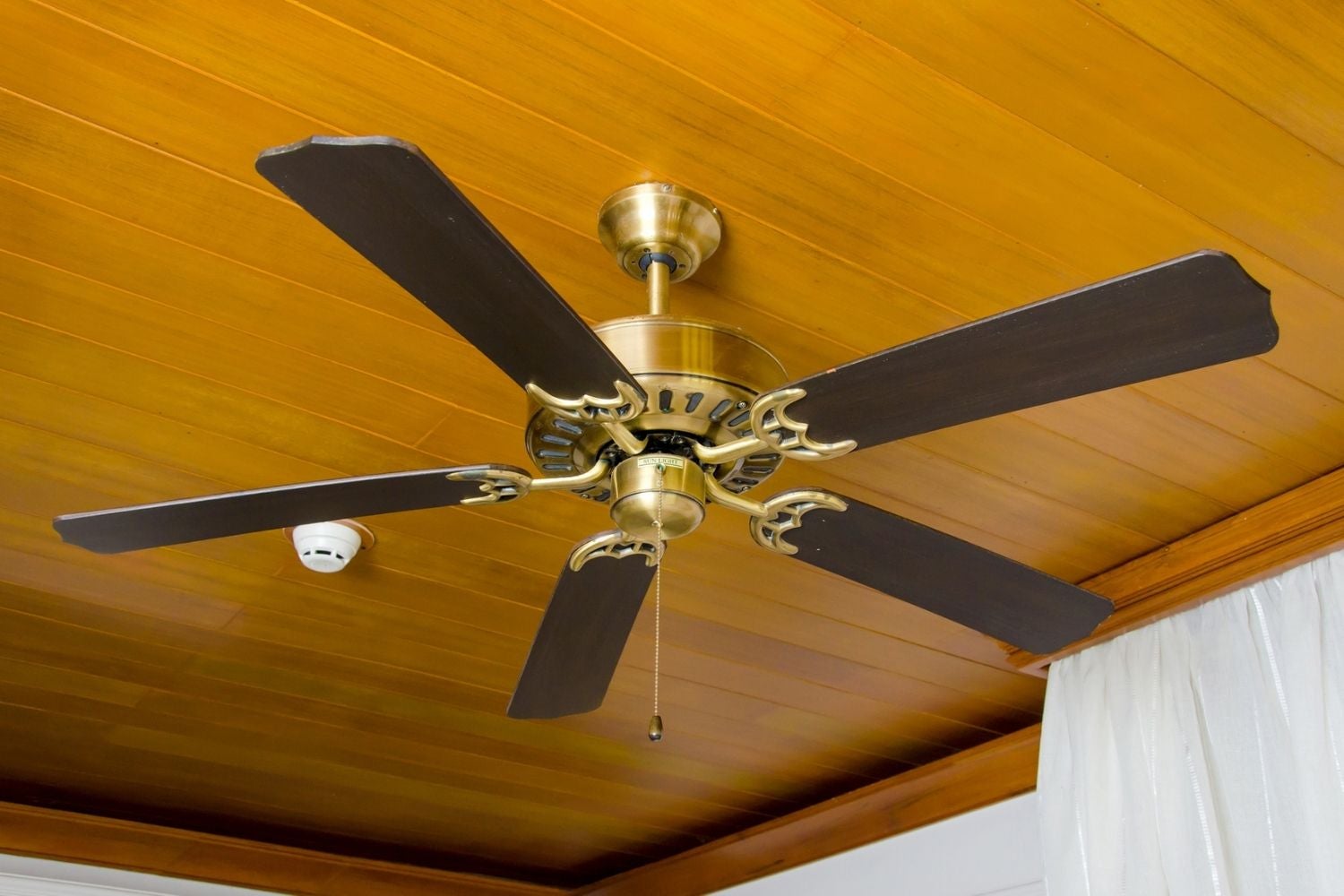
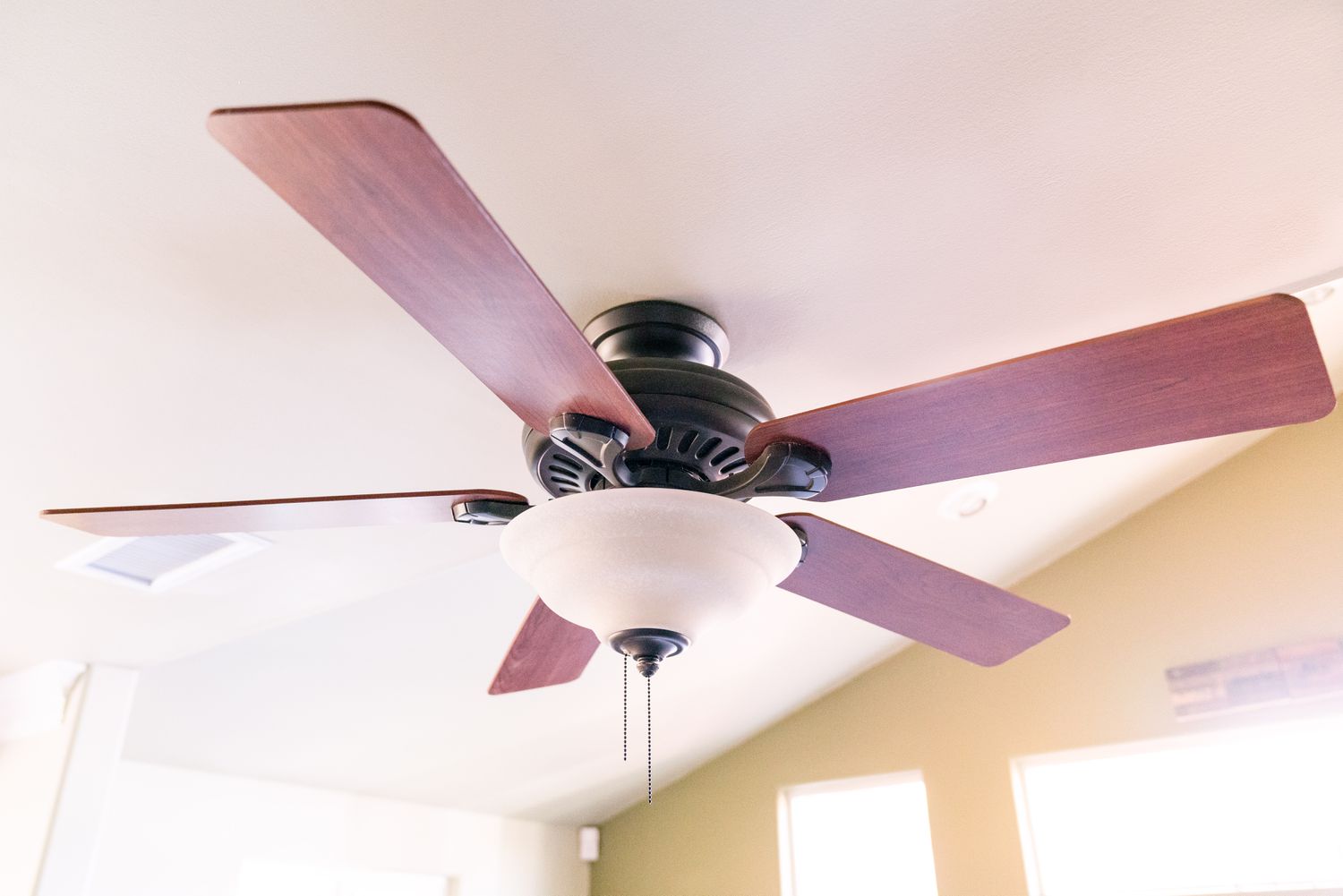
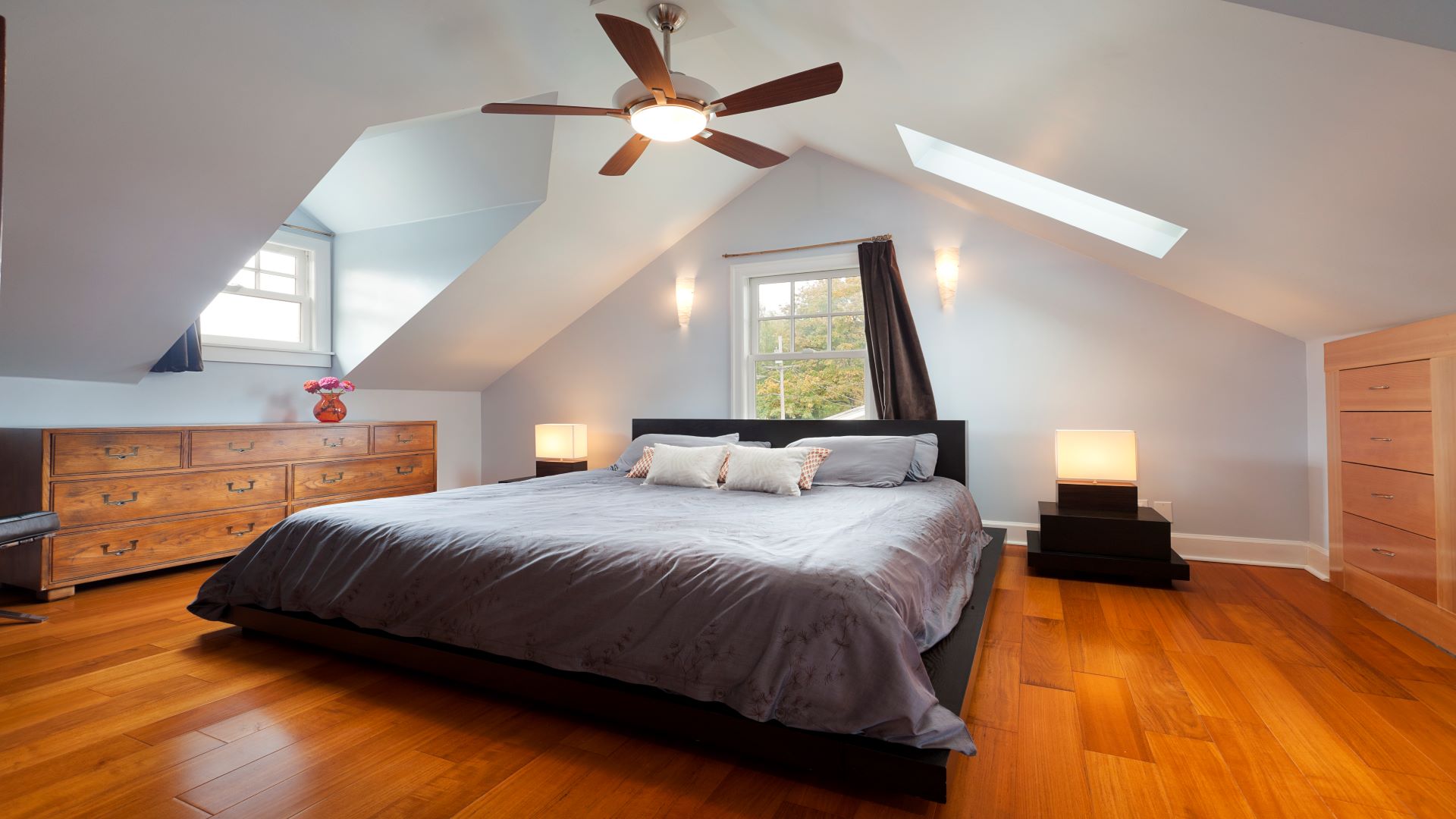
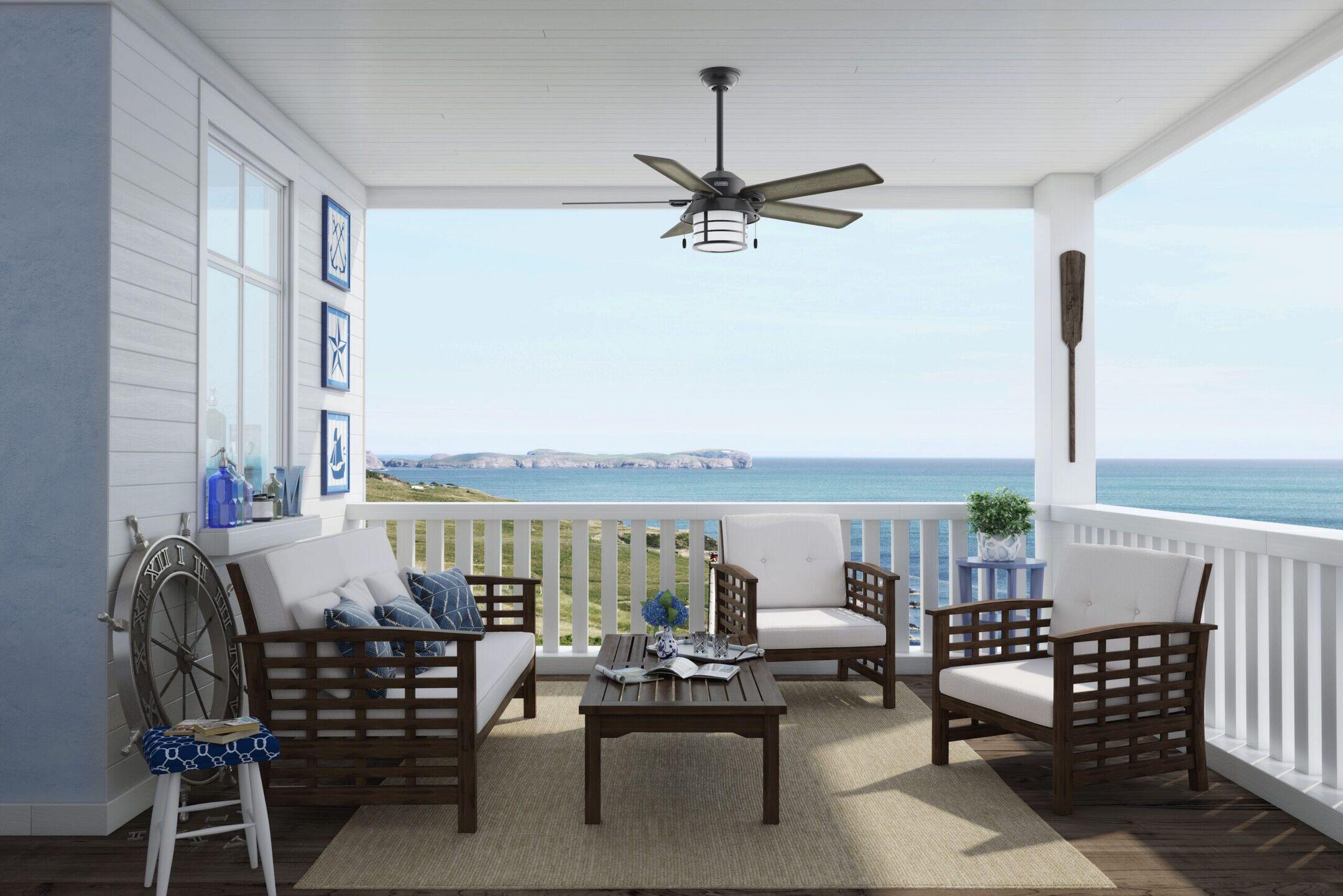
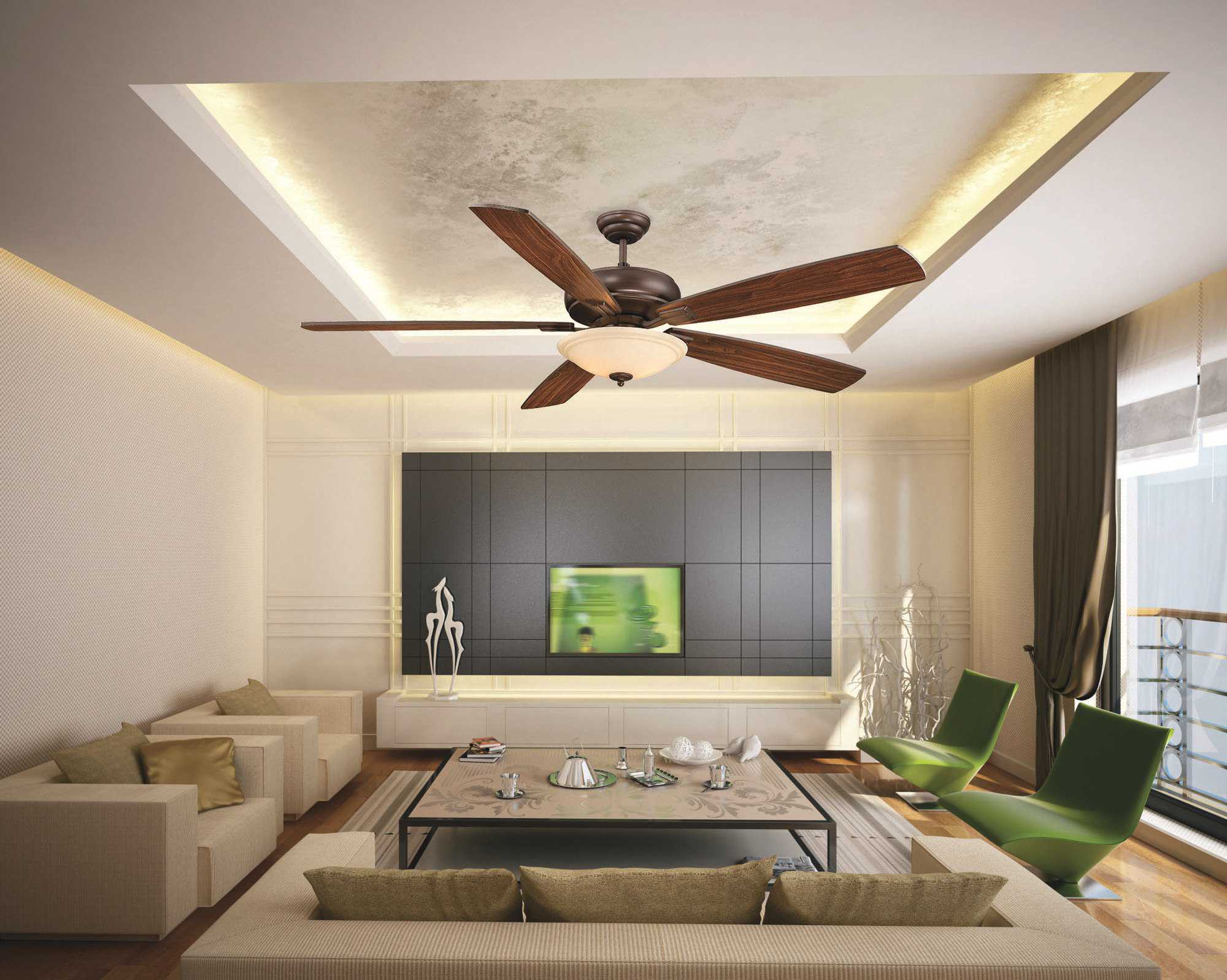

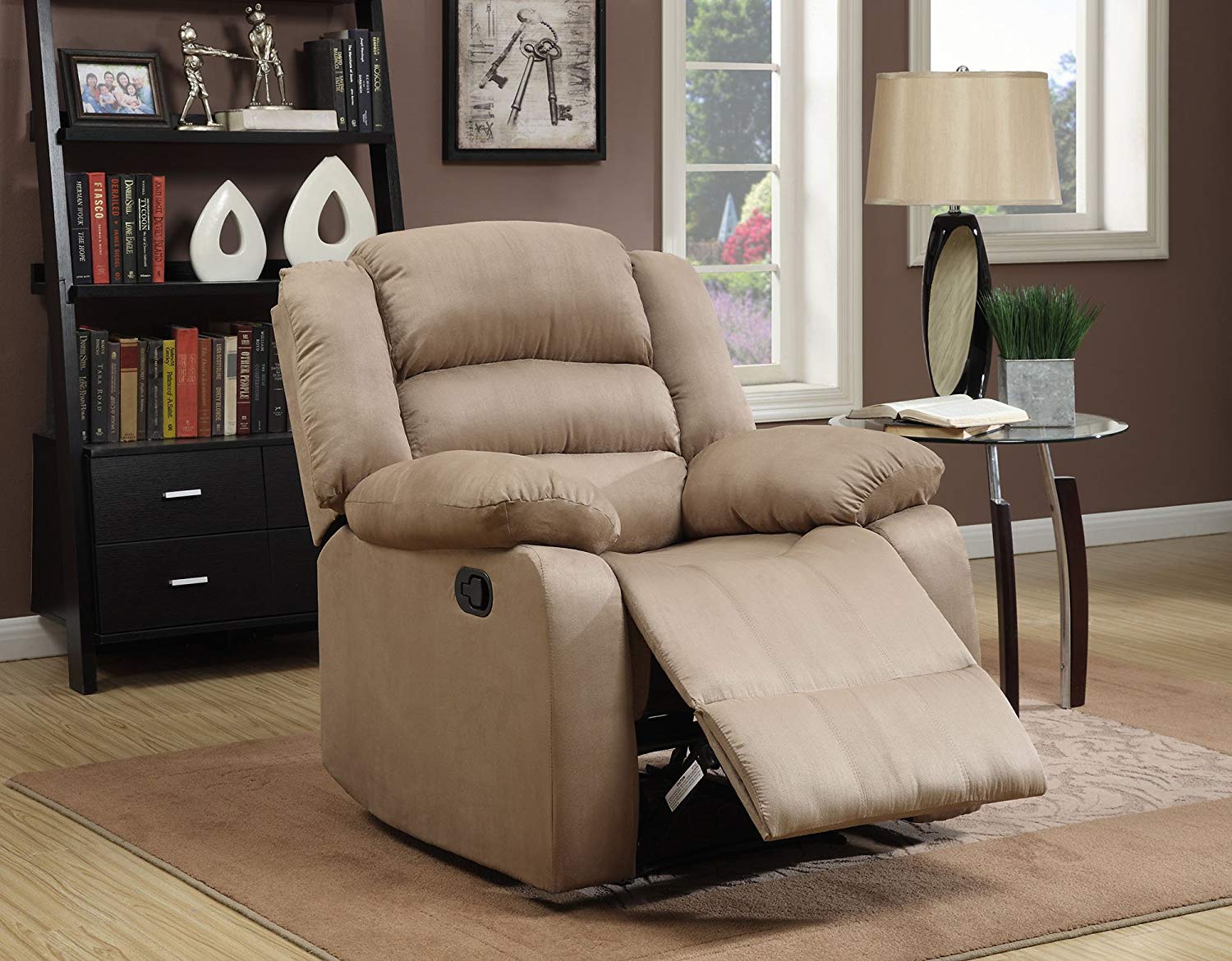
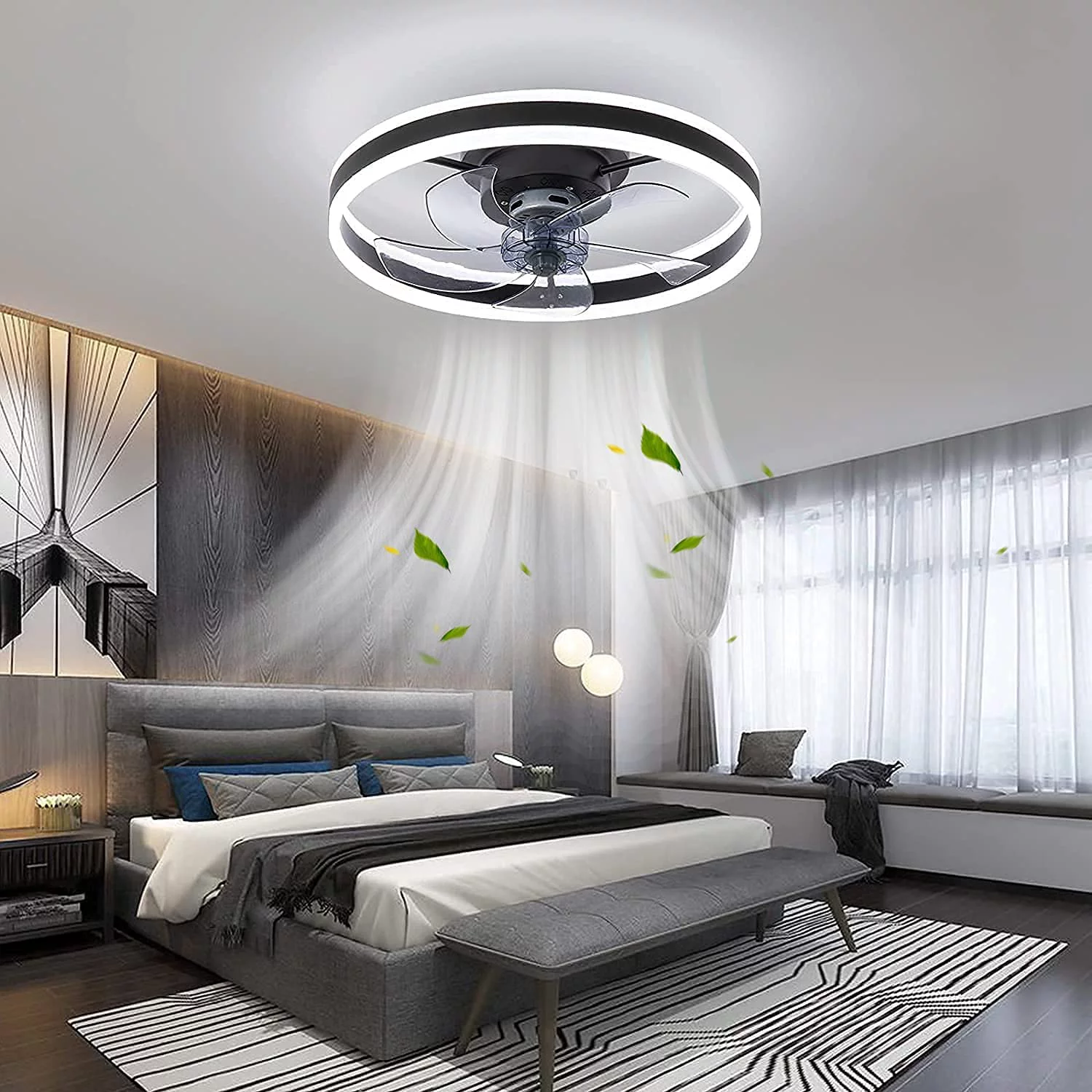

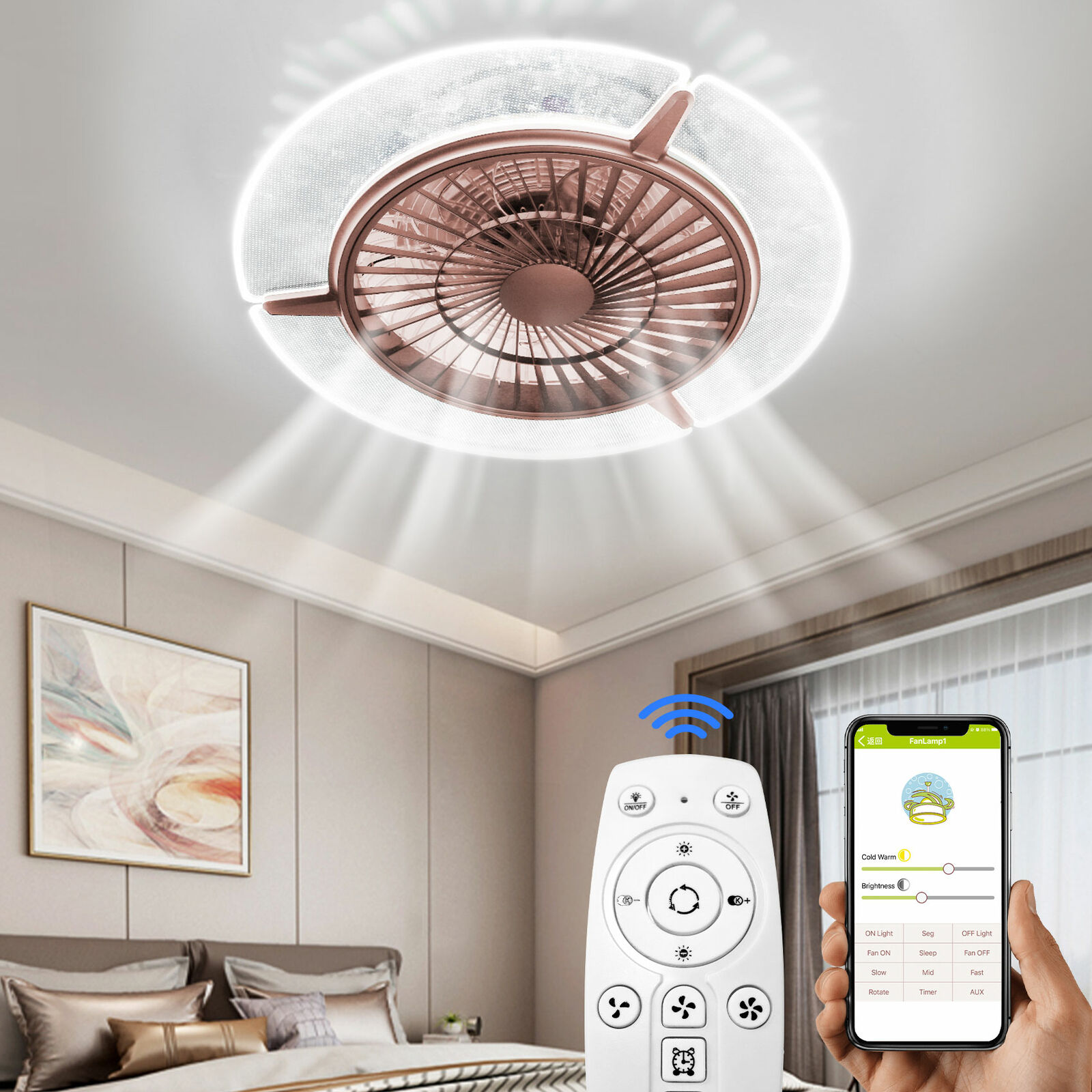
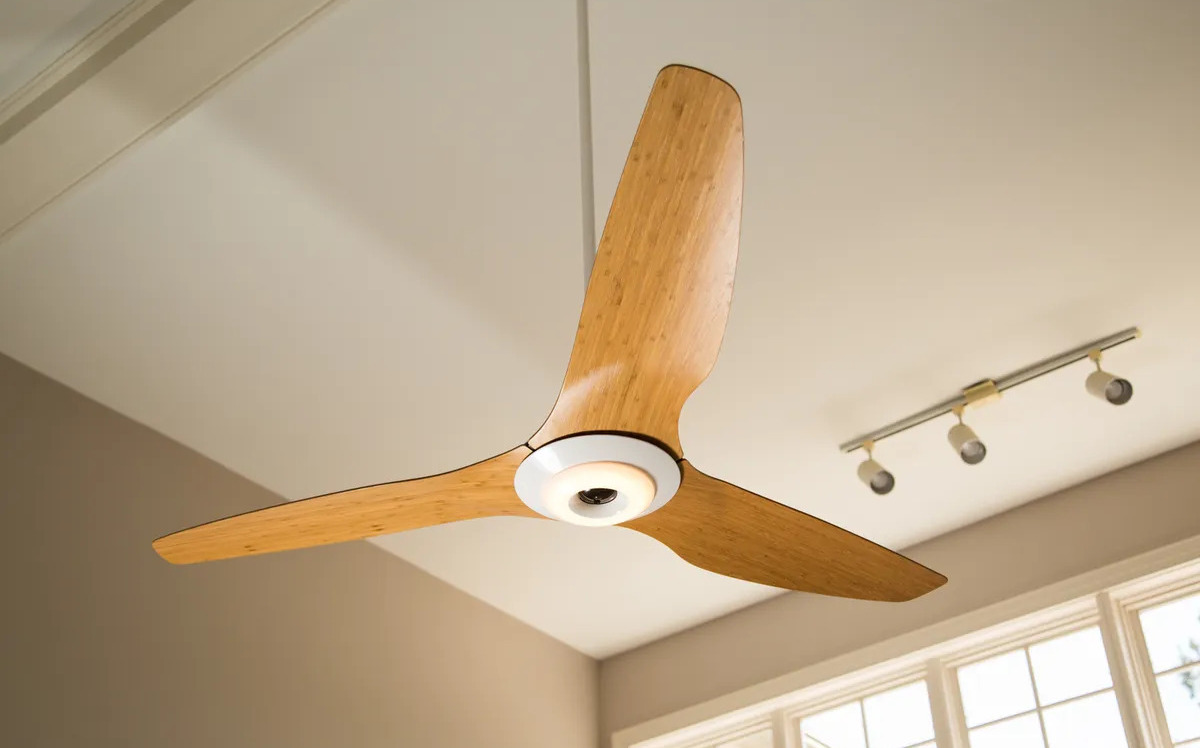
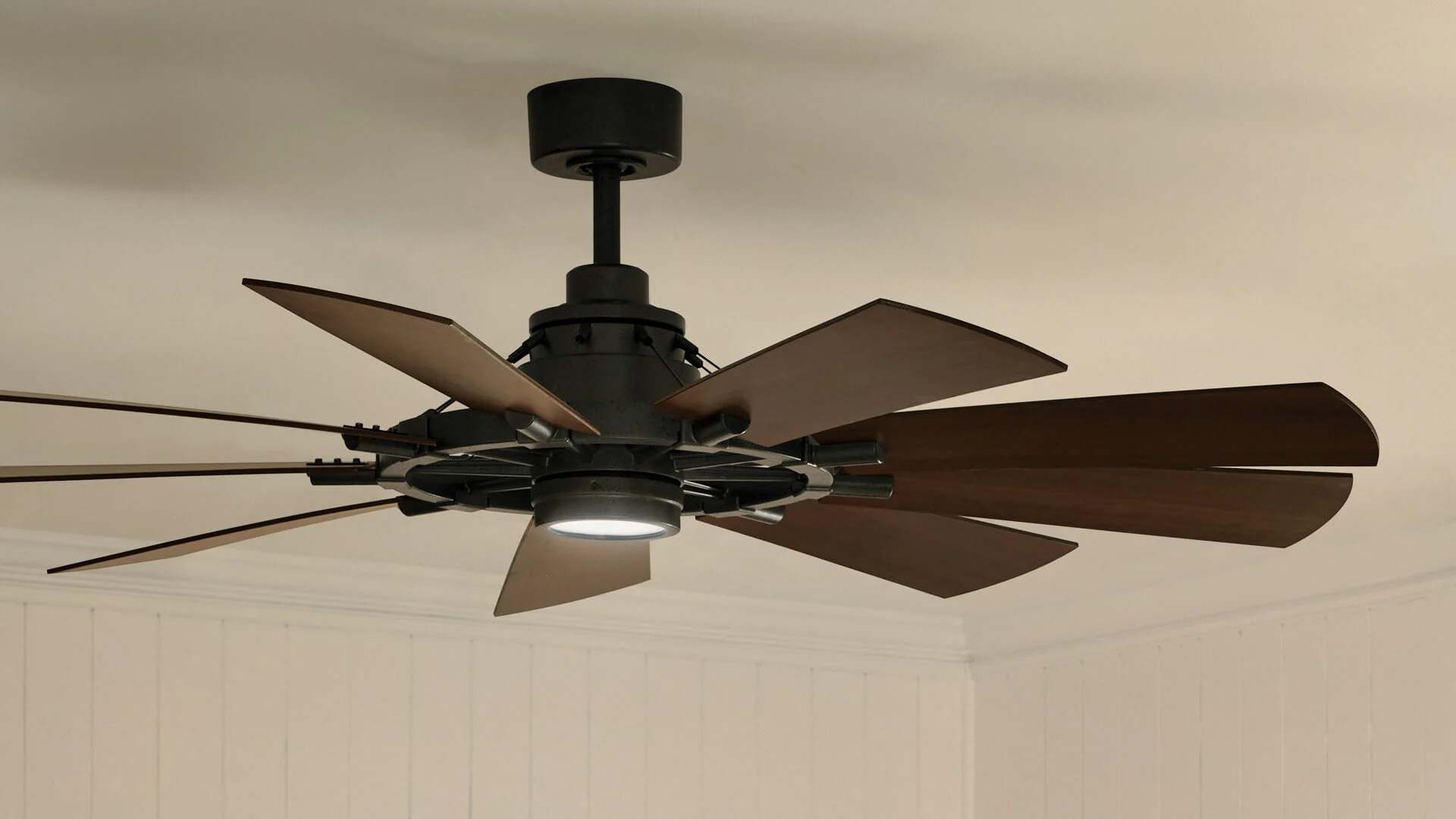
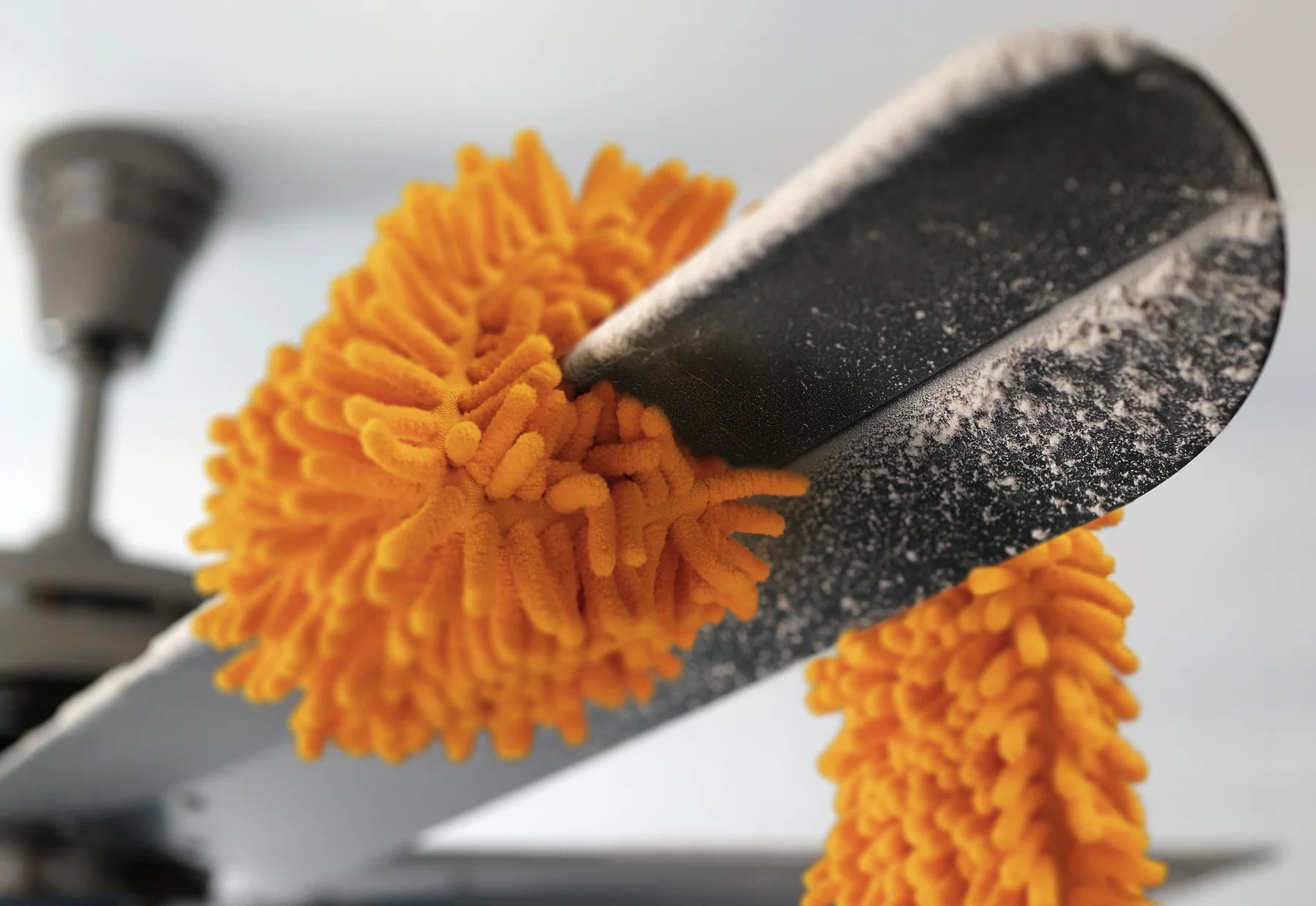

0 thoughts on “Who Makes The Best Ceiling Fans”